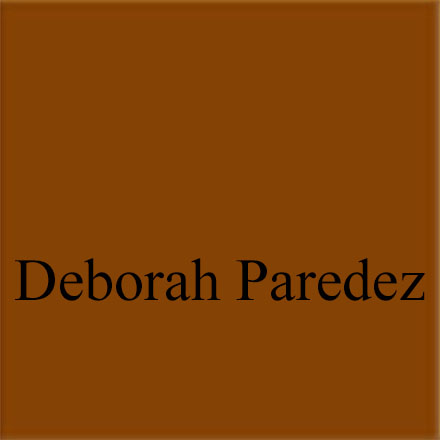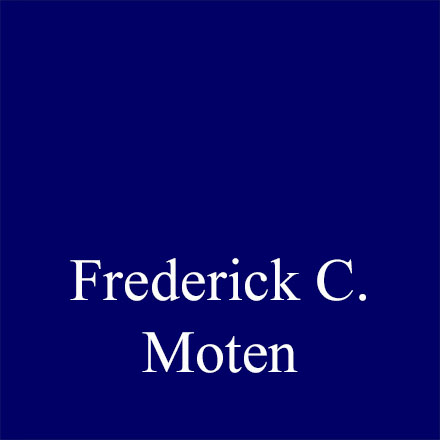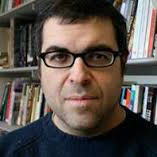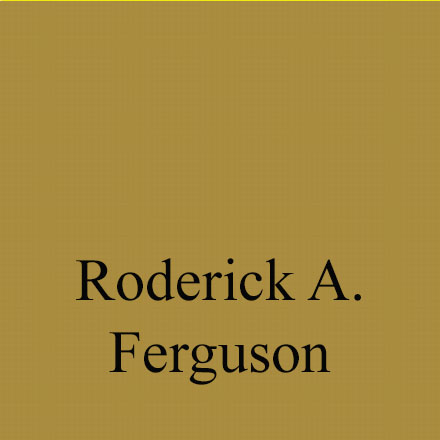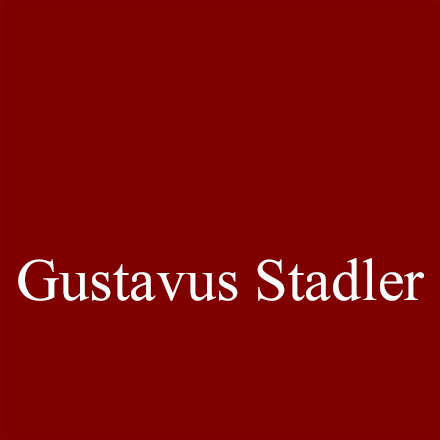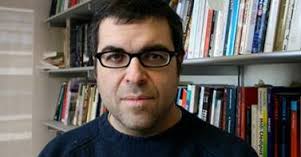
Politically Transcendental
by David Faflik
~
A Political Companion to Henry David Thoreau, Ed. Jack Turner
To begin his study At Emerson’s Tomb: The Politics of Classic American Literature, John Carlos Rowe levels a late twentieth-century charge against American transcendentalism (and, by extension, American transcendentalists) that might as well have been made a century prior. Indeed, Rowe’s antebellum predecessors anticipated his complaint that Concord, Massachusetts’s so-called sage, the sometime area minister Ralph Waldo Emerson, was a crank; that his idealistic minions were starry-eyed dreamers; and that the “New School” in literature and religion with which Emerson and his adherents were affiliated was hopelessly removed not only from the everyday concerns of this world, but the eternal concerns of the next. In due course the members of the mostly young, middle class, and restless circle surrounding Emerson had the “transcendental” label attached to them. This was not a flattering designation at the time. Nor has the term entirely lost its negative connotations, as witnessed by the modern practitioners of what Rowe styles “political critique.” In Rowe’s reading, and in Rowe’s words, transcendentalism to this day can be said to suffer from inherent “limitations” as a means of ideological inquiry. Central to these supposed shortcomings is “the romantic idealist assumption that rigorous reflection on the processes of thought and representation constitutes in itself a critique of social reality and effects a transformation of the naïve realism that confuses truth with social convention” (1). Transcendental dissent is from this perspective at best an oxymoron. At worst it’s seen as part of an insidious bourgeois cultural apparatus, the dismantling of which is long overdue.
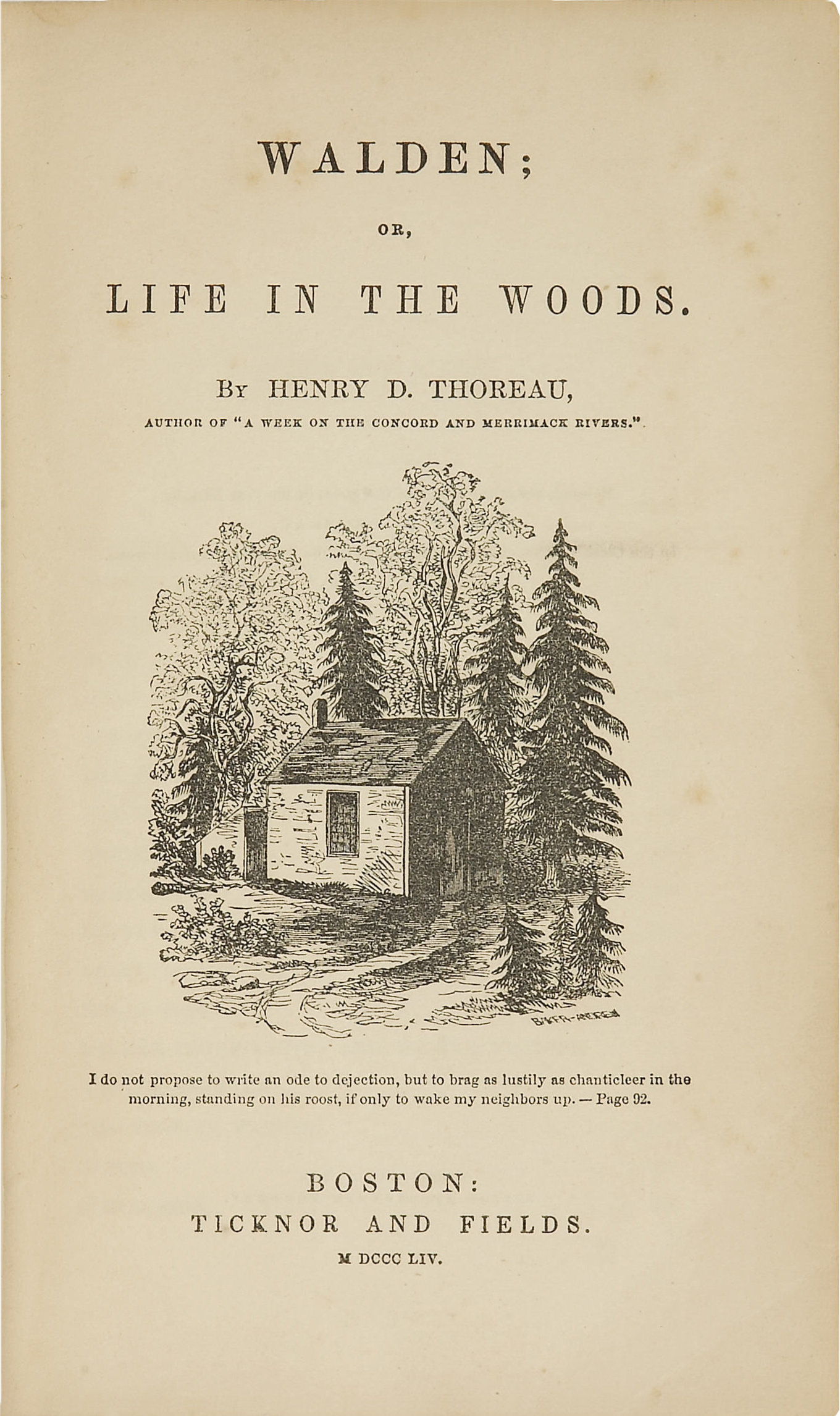
Among those of Emerson’s contemporaries to have escaped, just barely, the dubious charge of transcendental by association is Henry David Thoreau. The Concord native writer, reformer, and day laborer aspired no less than did his mentor to romantic realms of consciousness. Thoreau as a result has received his share of criticism over his alleged Emersonian abstractions. By and large, however, Thoreau is acknowledged in this our twenty-first century to be a different kind of transcendental animal. On the one hand, he’s been accorded the status of a first-rate artist on the strength of his master work, Walden. On the other hand, Thoreau is celebrated today as much for his politics as his aesthetics. The unabashed contrarian’s reform writings and lectures alone have earned him the reputation of being a social activist who didn’t rest on high-minded principles. And it’s within the context of this abiding revisionist view that we receive A Political Companion to Henry David Thoreau. The sixteen individually composed essays that are collected in this volume together set out to test the texture and extent of Thoreau’s political convictions. More to the point, they attempt to answer whether and how the politically signifying words of a reputed transcendentalist such as Thoreau could translate into meaningful action. Here the general consensus is that they did.
As part of the Political Companions to Great American Authors series, Turner has rallied his contributing scholars around the premise that the literary is necessarily political. Or, as the Series Editor Patrick J. Deneen writes, American literature itself must be considered “one of the greatest repositories of the nation’s political thought and teachings,” over and above the usual suspects of political theory and philosophy (Turner vii). Turner accordingly divides the essay contributions from his collection into four broad areas of political interest. These include “Thoreau and Democracy”; “Conscience, Citizenship, and Politics”; “Reverence, Ethics, and the Self”; and “Thoreau and Political Theory.” In the first of these, we witness Thoreau in the perennial transcendental light of his public commitments, as opposed to his private pursuits. In Part II, we’re shown a writer whose work is to be judged in the aggregate as a kind of conscientious speech act, the effectiveness of which performance we’re invited to measure by its contemporary reception. Part III takes on the ethical and metaphysical concerns that Turner sees “both informing and issuing from Thoreau’s politics” (7). Part IV, finally, situates Thoreau’s thoughts and deeds within the comparative framework of canonical political theory, past and present. For this final section, we’re treated to a utopian Thoreau who was influenced by the likes of Jean Jacques Rousseau, before we go on to weigh the great chain of political thinkers (Gandhi, Theodor Adorno, Martin Luther King, Jr., Stanley Cavell) who felt, in turn, Thoreau’s influence. Throughout, Thoreau is credited with “repelling us even as he charms us,” in the process fostering what Turner names “intellectual agon” (10). But not once is the Harvard-trained Latinist turned teacher, tinkerer, writer, lecturer, naturalist, and anti-slavery agitator accused of what commentators in the tradition of John Carlos Rowe might characterize as transcendental fecklessness. In every sense of the word, Turner’s Thoreau matters.
The varieties of Thoreau’s political significance constitute the operative argument of this Companion. There are, for example, fresh reexaminations of Walden. Nancy L. Rosenblum writes of that work’s “romantic aversion,” “calculated to épater la bourgeoisie” (16-17). Brian Walker ranks Walden as “a democratic advice book” for anyone seeking “trade-offs … between freedom and consumption” (59-60). George Shulman bypasses Walker’s “alternative economics” to examine the “poesis” of “prophecy” that’s distilled in the multivalent (“extra-vagant,” in Thoreau’s famous formulation) language of the author’s opus (138). Walden in this reckoning becomes a discursive template for transformation, its imaginative prose a provocative model for readers who would “link citizenship to resistance rather than to subjection” (136).
Not all the Companion is dedicated to Walden, of course. Much as Robert Milder once went about Reimagining Thoreau, in a wide-ranging study that bears that title, Turner’s contributors canvass the full catalog of Thoreau’s writings in an attempt at repoliticizing his entire oeuvre. One popular topic for discussion is “Resistance to Civil Government,” the essay Thoreau wrote in 1849 after his refusal to pay a local poll tax. This latter show of defiance, the author’s chosen protest against U.S. involvement in the Mexican War, landed him for a night in a Concord jail. Now it’s become an occasion for continuing political analysis. Some forty years after Hannah Arendt upbraided the author for allowing “moral obligation” to obviate his political involvements (Arendt 84), scholars debate the impact that “Resistance” has had on everything from the current environmental movement to what Jane Bennett posits are the oppositional “techniques of self” (Turner 294). Equally innovative treatment is given to the web of revealing connections to be drawn when we situate Thoreau’s diverse works – A Week on the Concord and Merrimack Rivers, “Life Without Principle,” “Slavery in Massachusetts,” and “Walking,” among others – alongside such disparate figures as the American abolitionist John Brown, President Abraham Lincoln, Hobbes, Locke, Plato, and Karl Marx. We’re even asked to read Adorno’s negative dialectics back into Thoreau, and vice versa. There is, in short, a Thoreau for more or less everyone, irrespective your politics, historical period, or personal expectations of a man whose memory led no less an earnest advocate than India’s Mahatma to urge his followers to be “so many Thoreaus in miniature” (Gandhi 7:267).
~
But not once is the Harvard-trained Latinist turned teacher, tinkerer, writer, lecturer, naturalist, and anti-slavery agitator accused of what commentators in the tradition of John Carlos Rowe might characterize as transcendental fecklessness. In every sense of the word, Turner’s Thoreau matters.
~

If there’s anything missing in this Companion, it’s the old Thoreau. By “old” I don’t mean Rowe’s Emersonian transcendentalist, for whom politics was beside the point. Rather, I mean the man of letters who’s been a mainstay of many an English Department curriculum since at least the appearance in 1941 of F. O. Matthiessen’s canon-making American Renaissance. The Companion’s Series editor, Patrick Deneen, is inclined to conceive of “the great works of America’s literary tradition” as “the natural locus of democratic political teaching.” Belles lettres are from his standpoint best suited for attracting citizen readers who’ll remember the message precisely because of the medium. But whereas an Americanist (and Christian socialist) such as Matthiessen might speak in passing of the “possibilities of democracy” without ever committing himself to the specific political qualities of his texts (Matthiessen 146), A Political Companion to Henry David Thoreau suffers from the opposite problem. Deneen again speaks of “the pleasures afforded by … literary form,” and all the “subtle” attentiveness the very category of the literary demands from “careful” and “patient” close readers. Deneen in fact dismisses outright any overly politicized readings that have been predicated on “a hermeneutics of suspicion” (Turner vii). Yet in the end there’s precious little “hermeneutics” at all in Jack Turner’s otherwise ably compiled volume. With several important exceptions, and to state the obvious, most of the essayists in this collection approach Thoreau not as formalists but as political scientists. They’re interested in topics, not tropes.
This isn’t to wish for a return to the apolitical days of the New Criticism. A passing fashion for New Formalism notwithstanding, a harkening back to text as text hardly seems possible, or desirable, in the wake of the cultural turn of the 1970s. What I’m suggesting, instead, is for scholars from any and all academic disciplines to recognize that life and language need not be deemed mutually exclusive, any more than transcendental optimism be regarded as proof positive of political quietism. At the very least, A Political Companion to Henry David Thoreau marks the start of that project.
David Faflik
__________
Works Cited
Arendt, Hannah. “Civil Disobedience” (1970), in Crises of the Republic. San Diego: Harcourt Brace, 1972, 49-102. Print.
Gandhi, M. K. The Collected Works of Mahatma Gandhi, 100 vols. New Delhi: Publications Division, Government of India, 1958-1994. Print.
Matthiessen, F. O. American Renaissance: Art and Expression in the Age of Emerson and Whitman. 1941. Rept. New York: Oxford UP, 1968. Print.
Milder, Robert. Reimagining Thoreau. New York: Cambridge UP, 1995. Print.
Rowe, John Carlos. At Emerson’s Tomb: The Politics of Classic American Literature. New York: Columbia UP, 1997. Print.




